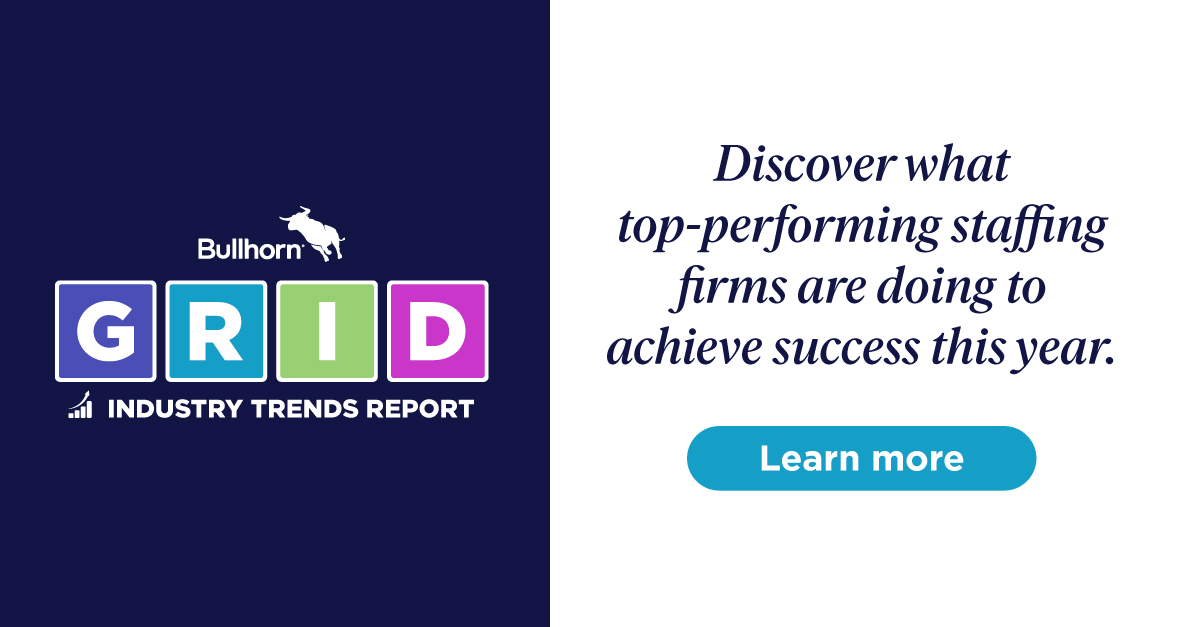Engage 2015 Super Session – How Productivity Gains Unlock Innovation

 Tom Becker, the Founder and CEO of Talennium, started his career as a sourcer, and used to make a lot of phone calls. Along the way, he began to understand the power of data. At one point, in the old days of call sheets, he decided to perform an experiment. He attempted to determine which kind of message (left on a candidate’s answering machine) was most likely to get a response. The results of this experiment surprised Becker. It was neither the vaguest nor the most specific message that received the most responses, but the one that fell in the happy medium between the two. He wasn’t sure what to make of this finding, but it was valuable enough data to inform his process from that point forward.
Tom Becker, the Founder and CEO of Talennium, started his career as a sourcer, and used to make a lot of phone calls. Along the way, he began to understand the power of data. At one point, in the old days of call sheets, he decided to perform an experiment. He attempted to determine which kind of message (left on a candidate’s answering machine) was most likely to get a response. The results of this experiment surprised Becker. It was neither the vaguest nor the most specific message that received the most responses, but the one that fell in the happy medium between the two. He wasn’t sure what to make of this finding, but it was valuable enough data to inform his process from that point forward.
At StaffingIX.com, the Staffing Innovation, Exchange, you can join a conversation based around collaboration in staffing designed to move the industry forward into the next millennium. Along with other staffing industry leaders, you can help to determine what services, what innovation, and what technology will most benefit recruiters in the future. Recruiting has historically been a gut-feel industry, but it should be a scientific industry.
What should staffing leaders do? It’s clear that firms need to know exactly where to focus their energies, but how do they know where that place is?
Innovate and Optimize
You can’t exclusively innovate and you can’t exclusively focus on productivity. Your company has to do both. Innovation, in order to give your company strategic differentiation, is based on adaptive workforce solutions, customer intelligence, and platform flexibility. But your productivity and operational excellence, to make sure that your company is in a state of continuous improvement, are a result of process automation and integration, a single source of informational truth, and excellent business insights. Time was, innovation was the creation of an MSP model or an automated recruiting process. Nowadays, innovation has to take a different form.
StaffingIX Data Study
Bullhorn recently commissioned StaffingIX to go through over 13 months (4.7 GB!) of data comprising 19,000 recruiters and 24 million openings. We broke down the recruiting process, for this study into five hallmark steps:
- Openings
- Internal submittals
- Client submittals
- Interviews
- Starts
This analysis wasn’t perfect – 60% of the recruiters in the study didn’t track internal submittals. But ultimately, the research group formed an objective: to measure recruiter productivity based on company size, business focus, and data hygiene to prove which of these elements have the best and worst influence on fill rate performance. They also wanted to understand where the biggest bottlenecks occur in the process and what contributes to those bottlenecks.
In order to do this, they categorized the companies in the study into 4 process profiles:
- The Wild, Wild West (6% of respondents) – A company with a narrow, niche business focus, no systematic approach, low volume openings, low fill rates, and the highest process variation among all process profiles.
- Small but Mighty (10% of respondents) – A company that focuses on core business areas, but also has low volume openings, a highe rmode of fill rate, and more structured processes
- All-Stars (27% of respondents) – A company (usually small-to-midsize) that has the strongest focus on core business areas and the lowest process variation among all process profiles, as well as the most consistent and predictable fill rates
- Giants (57% of respondents) – A company with a wide range of lines of business, monster volumes, large process variation, the least amount of focus and the most geographically dispersion among all process profiles, large
Key Learnings
As a result of this StaffingIX study, the team learned several valuable pieces of information:
- It takes 20 openings to generate 1 start
- The average time from job creation to start is 44.5 days
- Fill rate – 5% of openings yield a placement
- 30% of openings receive a submittal
- It takes 10 internal submittals to generate 1 start
- 16 days from job creation to internal submittal
To change this last worrying statistic, it’s imperative to focus on the early parts of the recruiting process. How?
- If you don’t have VMS to ATS, you should. Without it, you lose valuable days of work.
- Recruiters should be assigned to each job order. You have 6 hours to submit a candidate, and if jobs aren’t assigned, 6 hours can pass by like nothing and opportunities can be missed.
- Job qualification sessions.
- Resumes should be formatted. Your company should either have a team that does this or an automated process.
Overall, in order to improve productivity and power innovation, your firm needs to focus on:
- Improving data hygiene
- Improving requisition quality
- The early stages of the process
- Less skill and categories








